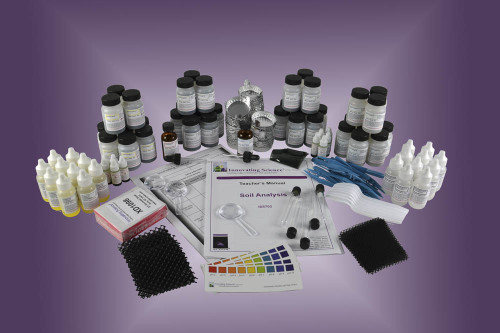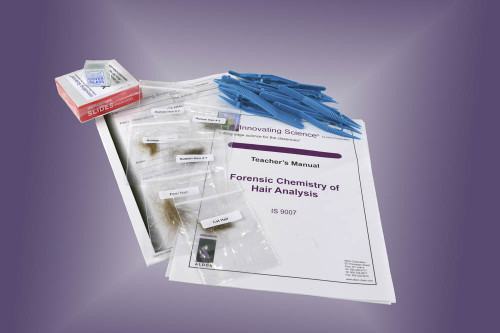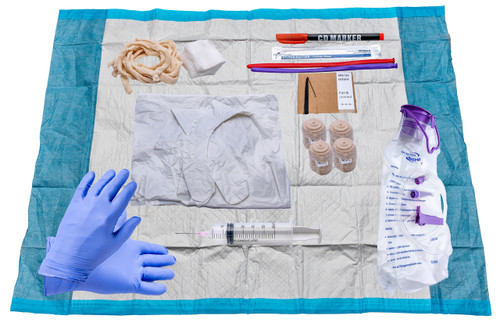DESCRIPTION
Explore the science of spectroscopy with this engaging spectroscope flame test kit! Use your spectroscope to watch elements burn with brightly-colored flames, each producing a unique light spectrum. As you test and explore the world around you, you'll see the wide variety of light spectra produced from various elements.
What is a Spectroscope?
A spectroscope is a device that measures the spectrum (a band of colors, as seen in a rainbow) of light; it's basically a color x-ray that reveals the elements inside visible light! With this spectroscopy flame test kit, you'll use your spectroscope to observe the wide variety of light spectra (different colors) produced from various elements. For example, you'll be able to find out what elements are used in your neighborhood street lights!
Scientists use spectroscopy to better understand outer space. Through the observation of spectral lines (unique identifiers, like fingerprints), they can determine which atoms, elements, or molecules are present in a star or galaxy.
A Speed of Light FUN FACT: Since red has the longest and least bent wavelength, it travels the fastest. Violet, on the other hand, travels the slowest because it has the shortest, most bent wavelength. White light is a combination of all of the different wavelengths of the visible light spectrum. In other words, you see a beam of white light when all of the colors of the rainbow are focused onto a single spot.
This Spectroscope Flame Test Analysis Kit Includes:
- a quantitative spectroscope
- a study guide with datasheets & review questions
- wooden splints
- 4 different chloride salts: calcium, potassium, strontium, and lithium
Looking for an engaging science fair project?
Here's just one idea! Use this spectroscope flame test to explore....
- How could you demonstrate how astronomers use spectroscope technology to identify the composition of stars?
MORE INFORMATION BOX
More Information
CONTENTS TAB
The Spectroscope Analysis Kit Includes:
- A Student Spectroscope
- Instructions
- Wooden Splints
- 4 Different Chloride Salts: calcium chloride, potassium chloride, strontium chloride, and lithium chloride
SPECIFICATIONS TAB









